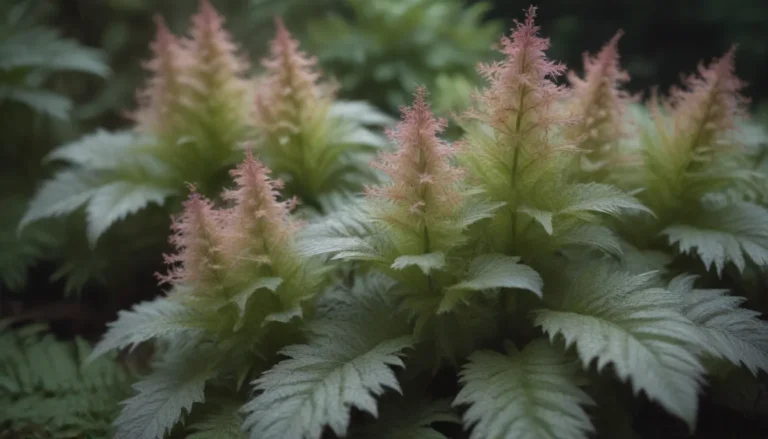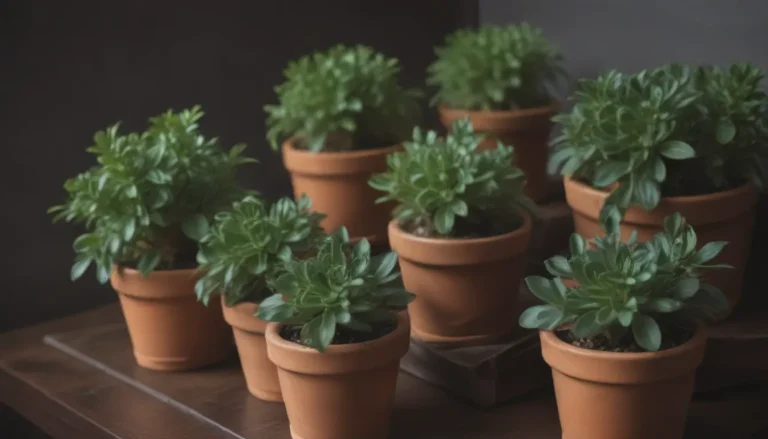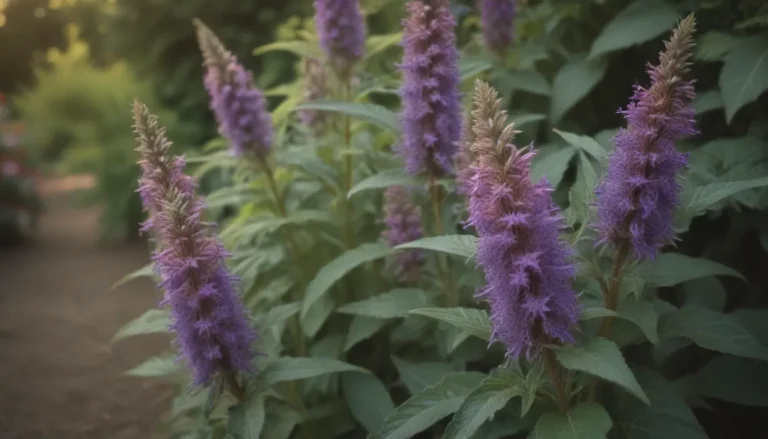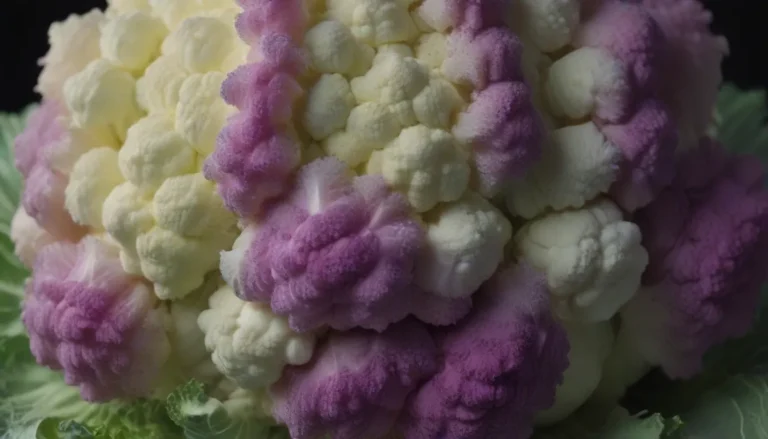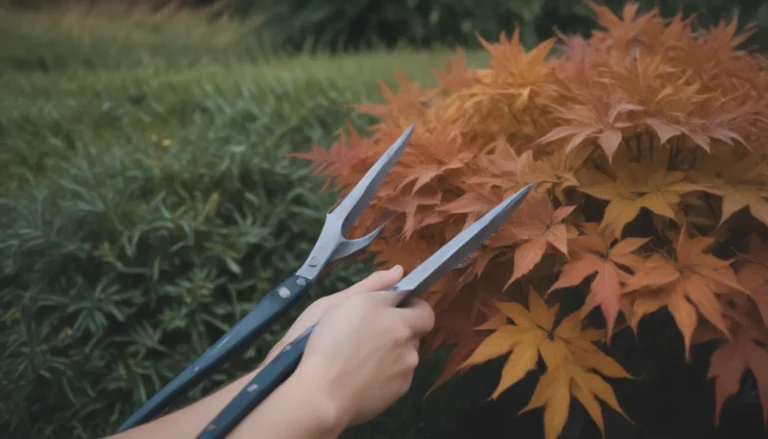A Comprehensive Guide on How to Naturally Get Rid of Caterpillars in Your Garden
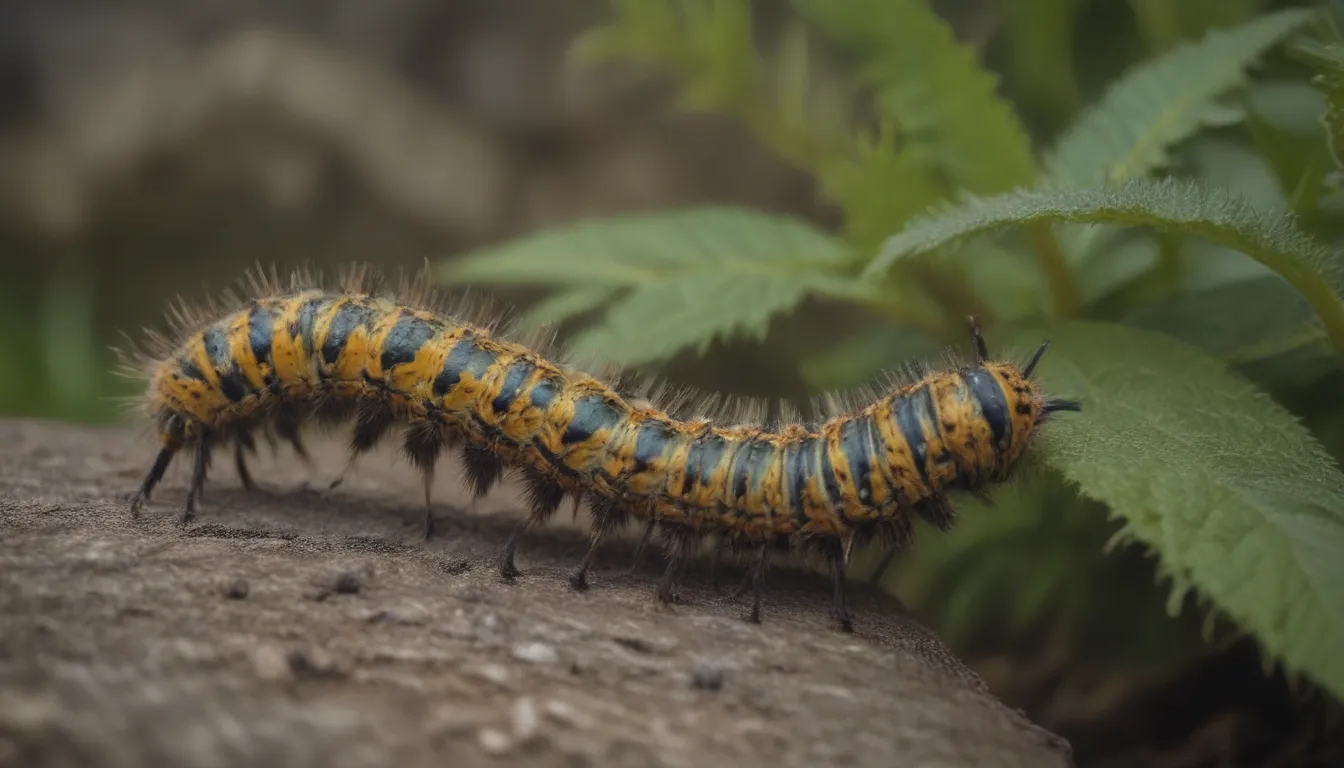
Caterpillars may eventually transform into gorgeous butterflies and moths, but when they’re in their larval stages, they can wreak havoc on your vegetable garden or orchard. While they are beautiful and excellent pollinators as adults, caterpillars in their larval stages are one of the most destructive pests for gardeners. Fear not, as we have compiled a comprehensive guide on identifying signs of caterpillar infestations and effective, non-toxic methods to control and eliminate them from your garden.
Signs of Caterpillar Activity
Recognizing the signs of caterpillar activity is crucial in preventing extensive damage to your plants. Here are some common indicators that caterpillars may be present in your garden:
– Eggs: Keep an eye out for clusters of eggs on the leaves of your plants.
– Leaf damage: Look for leaves that have been chewed down to their stems.
– Frass: Also known as caterpillar droppings, frass can signal the presence of caterpillars.
– Webbed nests: Some caterpillars create webbed nests that can be an indication of their presence.
How to Get Rid of Caterpillars Naturally
Chemical pesticides may kill garden pests, but they can also harm beneficial insects and contaminate your produce. Here are some non-toxic methods to control caterpillars in your garden:
Remove By Hand
Hand removal is a simple yet effective method to quickly get rid of caterpillars. Wear gloves and pick them off your plants, relocating them to a meadow or roadside area away from your garden. Alternatively, if the caterpillars are destructive pests, drop them into a bucket of soapy water to dispose of them.
Spray Neem Oil
Neem oil is a botanical extract derived from the seeds of the Neem tree and suffocates small insect pests like caterpillars. It is safe for humans and pets, stunting the growth of caterpillars by interfering with their development. Follow the instructions on the packaging for best results.
Use Bacillus Thuringiensis (Bt)
Bacillus Thuringiensis (Bt) is a bacterium that targets caterpillars without harming birds, fish, or mammals. Look for formulations that are safe for bees if you choose to use this method to control caterpillars.
Remove the Nest
Webworms and tent caterpillars construct nests that can lead to extensive damage to your plants. Remove these nests by hand or prune the trees to eliminate them. Natural predators like birds and wasps can also help control caterpillar populations.
Homemade Solutions
Consider using homemade solutions to deter caterpillars:
– Pepper spray: Create a mixture of hot peppers and water to repel caterpillars.
– Molasses and dish soap: A combination of molasses and dish soap can serve as a deterrent for caterpillars.
– Oil spray: Mix vegetable oil and water to create a natural insecticide.
– Vinegar spray: Dilute vinegar with water and spray it on your plants to deter caterpillars.
Causes of Caterpillar Infestations
Understanding the factors that contribute to caterpillar infestations can help you implement preventive measures in your garden. Caterpillars are attracted to plants where butterflies lay their eggs, ensuring a food source for their offspring.
Prevention Strategies
Preventing caterpillar infestations in your garden is key to maintaining healthy plants. Here are some strategies to consider:
– Deter Moths: Minimize outdoor lighting at night to deter moths from laying eggs in your garden.
– Plant Food Crops and Flowers Separately: Keep nectar-rich flowers separate from your food crops to reduce the risk of caterpillar infestations.
– Companion Plants: Plant strong-smelling herbs like lavender, sage, peppermint, and mugwort to deter caterpillars.
– Crop Rotation: Rotate your crop varieties and locations annually to disrupt caterpillar populations.
– Protection of Crops: Use protective materials like cardboard or tin foil to shield young plants from caterpillars.
– Attract Birds That Eat Caterpillars: Create a bird-friendly environment to encourage natural predators of caterpillars.
– Spray a Caterpillar Deterrent: Consider using horticultural molasses and dish soap as a natural deterrent for caterpillars.
By implementing these preventive measures and natural control methods, you can effectively manage caterpillar populations in your garden without resorting to harmful chemical pesticides. Happy gardening!
